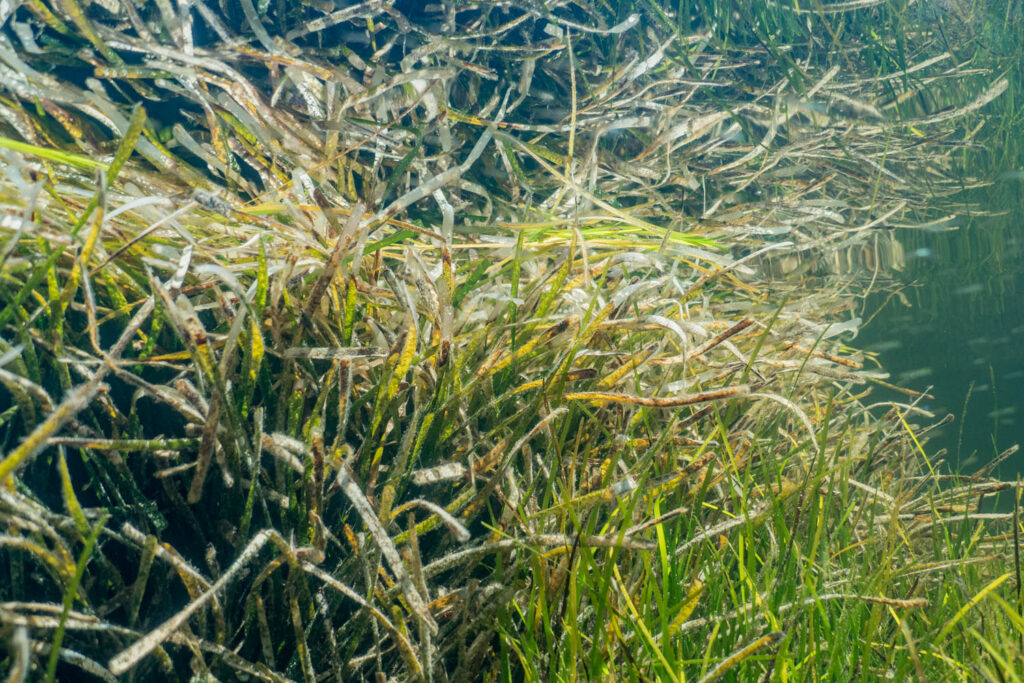In this project, we measure the anthropogenic impact on rivers in high mountain national parks, investigate the response of river ecosystems to this impact, and evaluate management strategies to mitigate this impact.
National parks (PN) help us conserve biodiversity, are a reference for assessing the state of health of ecosystems and also make it easier for us to enjoy the natural environment. Every year, the number of visitors to the National Parks and hence, tourists that make use of the mountain huts increases. In most cases, the waste water generated in the mountain huts passes through a septic tank and is released into the mountain rivers.
Although river ecosystems are very sensitive to anthropogenic disturbances, the impact of tourist activities on the structure, function and ecosystem services of high mountain rivers is poorly understand.
The objectives of the project are:
- First, collect existing information on current wastewater treatment systems and wastewater chemistry from high mountain NPs’ mountain huts.
- Second, in collaboration with the Association of Environmental Sciences (ACA), measure the impact of waste water on the water quality of the receiving river. In the five selected high mountain NPs, we will select at least one mountain hut and measure the concentrations of nutrients and physicochemical parameters upstream and downstream of the effluent of residual water, as well as of the effluent itself.
- Third, to compare the biogeochemical processes, the emission of greenhouse gases (i.e. nitrous oxide), and the composition and abundance of microorganisms related to the N cycle between high mountain rivers without impact and rivers receiving residual water (with higher concentration of nitrogen) coming from mountain huts. These measurements will be carried out over time to understand what determines their temporal variability.
- Fourth, to evaluate the efficiency of one existing depuration system in NP Aigüestortes I Estany St. Maurici. This depuration system consists of a wetland that filters the outflow of the septic tank. IWAS will allow monitoring of purification efficiency over three years, and explore how this efficiency relates to microbial colonization and plant establishment in the artificial wetland.









